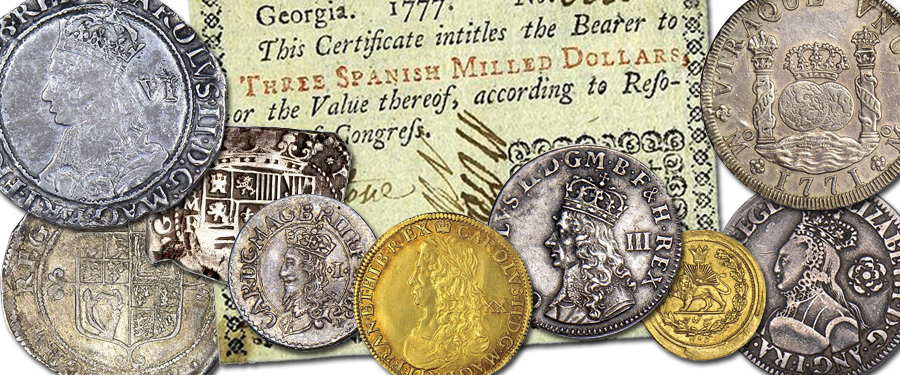
Question: I’ve heard the term “milled” coinage before, but I’m not quite sure what it means. Can you help?
Answer: From the earliest days of coinage well into the 16th century, coins were “hammered” or hand-struck between two dies. One die was usually stuck in a tree stump or other wooden piece, and was called the “anvil” die because of its stationary position. The other die, the one held by the coiner or an assistant while the coins were struck with a hammer was called the “hammer” die. This method often resulted in coins that were broader than usual or misshapen. Early Greek and Roman hammered coins are ideal issues to witness the crudeness of this minting method, as are English coins of the earliest rulers. By the mid-1500s, France had begun to “mill” its coinage by using simple presses that were powered by a water mill. This allowed for more uniformly shaped coinage. Eventually any coin that was struck by machine became known as milled, no doubt because of the water mills that formed the earliest mechanical means to produce coins. Steam coinage came into being in the late 1700s, but by then “milled” had become the term of choice. On another note, today the edges of milled coins usually have reeds or lettering; this is known as “milling” and is subtly different than the term “milled,” though the terms are often mistakenly interchanged.





